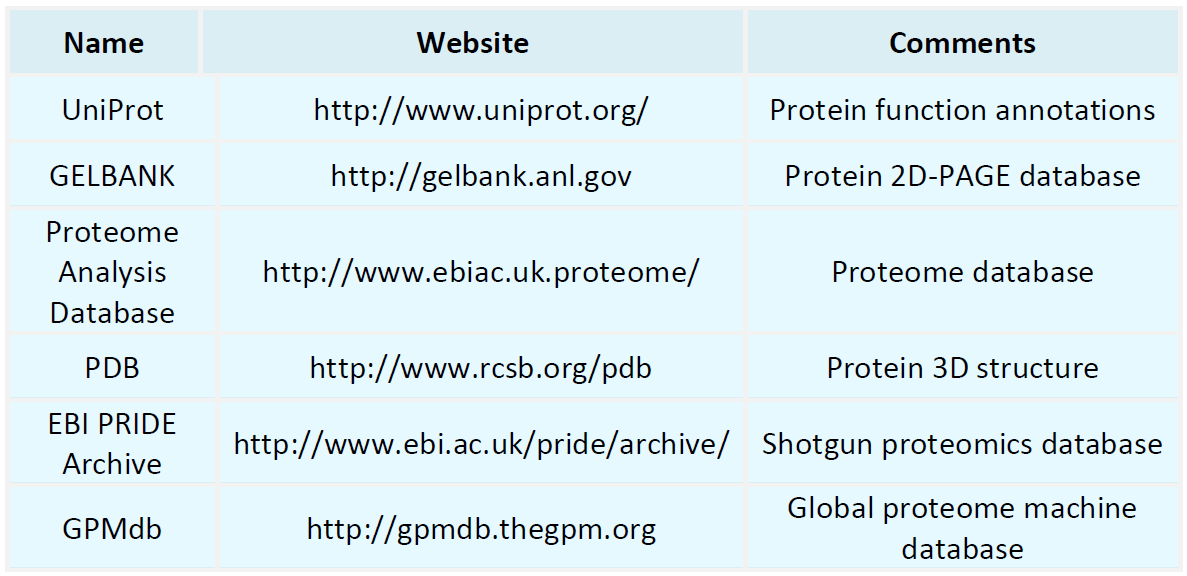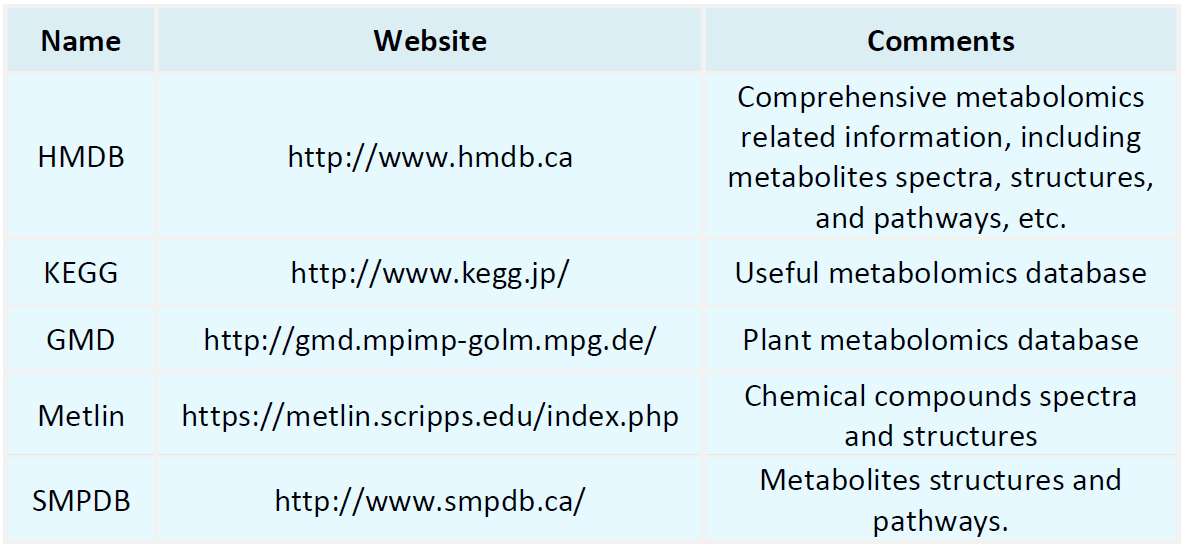Resources
Proteomics Databases

Metabolomics Databases

-
• Avoid Inaccurate Results with These Native MS Data Acquisition Tips
Native mass spectrometry analysis is a powerful technique for investigating proteins and their complexes under near-physiological conditions, with broad applications in proteomics, structural biology, and drug discovery. However, due to the complexity of protein assemblies, the instability of the ionization process, and the variability of experimental conditions, native MS data are prone to inaccuracies and challenges in interpretation. These issues can compromise the scientific validity of studies an......
-
• MS Based N-Terminal Sequencing Analysis: Challenges and Solutions in Complex Samples
N-terminal sequencing analysis reveals the initial sequences of proteins, providing essential insights into protein function, structure, and interactions. With the advancement of mass spectrometry (MS) technologies, MS based N-terminal sequencing analysis has gained widespread application in proteomics. However, analyzing N-terminal sequences in complex biological samples remains challenging. This review explores these challenges in detail and proposes potential solutions. 1. Challenges in Peptide I......
-
• N-Terminal Sequencing: Method Comparisons, Advantages, and Applications
N-terminal sequencing is a widely used technique for determining the N-terminal amino acid sequence of proteins, with essential applications in proteomics, structural biology, and biopharmaceutical research. By analyzing the N-terminal sequence, this technique provides insights into protein processing, post-translational modifications, and degradation mechanisms, making it valuable for both fundamental research and industrial applications. The two primary methods for N-terminal sequencing are Edman de......
-
• MS Based N-Terminal Sequencing Analysis: Applications in Biopharmaceutical Research
In proteomics, N-terminal sequencing analysis is primarily used to characterize the N-terminal amino acid sequence of proteins and peptides, providing critical data for investigating post-translational modifications, protein degradation pathways, and structural characteristics. The conventional Edman degradation method has inherent limitations, including stringent sample quantity requirements and susceptibility to protein characteristics, which restricts its application to complex samples or proteins ......
-
• C-Terminal Sequencing Based on MS: Methods and Applications
C-terminal sequencing is a technique specifically designed to determine the amino acid sequence at the C-terminus of proteins and holds significant value in proteomics research. Compared with traditional N-terminal sequencing, C-terminal sequencing has emerged relatively late due to its greater technical complexity. However, the rapid advancement of mass spectrometry (MS) technologies in recent years has significantly increased the importance of C-terminal sequencing based on MS in studies of protein ......
-
• N-Terminal Sequencing Using Edman Degradation: Advantages, Limitations and Improvements
N-terminal sequencing is a fundamental technique in proteomics research, with Edman Degradation long recognized as a classical method for determining the N-terminal sequence of proteins and peptides. This method relies on the selective labeling of the N-terminal amino acid by phenylisothiocyanate (PITC), followed by stepwise degradation to sequentially identify amino acids. Despite the rapid advancements in mass spectrometry-based sequencing technologies in recent years, Edman Degradation retains uniq......
-
N-terminal sequencing using edman degradation is a classical technique, which sequentially removes and identifies amino acids from the N-terminus of proteins or peptides. Despite its high specificity, sequencing accuracy can be significantly compromised by factors such as sample quality, reaction efficiency, and background interference. Therefore, experimental optimization is critical. This review outlines strategies for optimizing sample preparation, reaction conditions, analytical detection, and err......
-
• The Ultimate Guide to N-Terminal Sequencing: Significantly Increase Protein Analysis Efficiency
N-terminal sequencing is a widely adopted approach for elucidating the primary structure of proteins. It plays a crucial role in proteomics, biomedicine, and structural biology. High-efficiency and high-accuracy sequencing not only facilitates the identification of translation initiation sites, post-translational modifications, and degradation pathways, but also enables more precise quality control in biopharmaceutical production. To achieve optimal sequencing performance, it is essential to refine mu......
-
• 5 Golden Points to Learn N-Terminal Sequencing Quickly
N-terminal sequencing is employed to determine the N-terminal amino acid sequence of proteins or peptides. Throughout the sequencing process, the 5 golden points are critical for achieving high sequencing accuracy and reliability. 1. Ensuring Sample Purity: Minimizing Impurity Interference N-terminal sequencing requires highly purified samples, as the presence of impurities can cause overlapping sequencing signals, thereby compromising sequence resolution. Sample purity directly influences labeling ......
-
• Overview of N-Terminal Sequencing: Embarking on a New Journey in Proteomics
In protein structures, the N-terminus (amino terminus) serves as both the starting point of polypeptide synthesis and a crucial regulatory domain influencing protein folding, localization, post-translational modifications, and degradation. As proteomics advances, N-terminal sequencing has transitioned from a fundamental sequencing tool into a pivotal approach for elucidating dynamic protein regulatory networks, enabling more sophisticated insights into protein biology. Beyond its role as a marker of t......
How to order?







